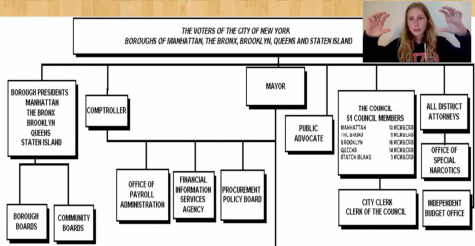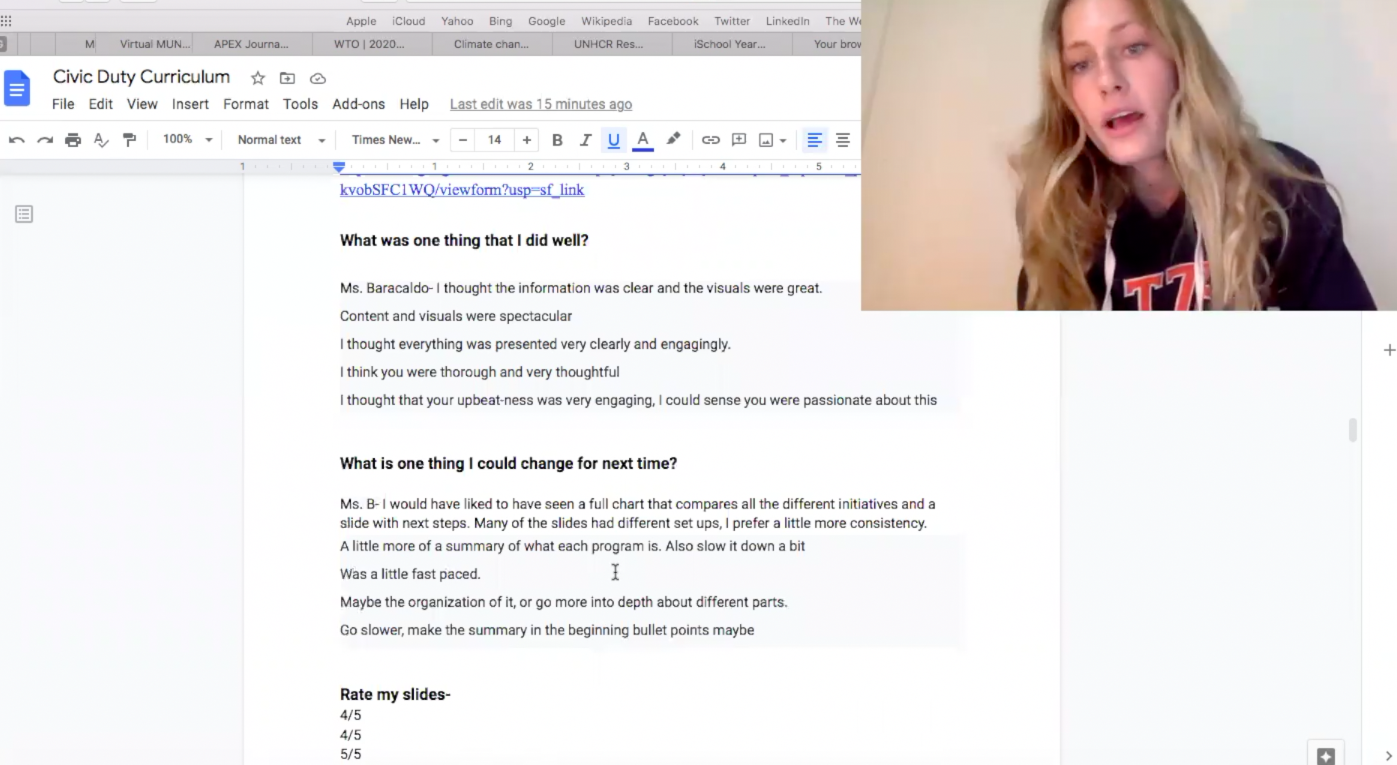Hope vs. Accuracy: How Does One Instill Civic Duty in Youth
April 14, 2021
Throughout the writing of my final literature review, I explored many different ways that youth voter turnout could be increased. When starting my senior project, I wanted to delve deeper into youth civic engagement, and address the importance of starting the education of our government at a young age. After learning that instilling a strong sense of civic duty in children is one the best things to do to ensure higher and consistent youth voter turnout rates, I decided that I wanted to see what it would be like to teach the next generation of thinkers and learners. I quickly realized that this is hard, when tasked with providing hope and spirit on topics that are so deeply flawed. When it comes to the American democratic system, there are so many aspects that are based on white supremacist ideology, and the system does not serve us all equally. Our two party system, among one of the first things that elementary and middle school students are taught, is inadequate. Perhaps even more important, our electoral college system is rigged due to racist gerrymandering, among other voter suppression tactics. How do you teach young minds and inspire them to become active in their political society? Does one teach these nuances, or should we gloss over them, to tame the risk of watching young curious minds falter, the brightness in their eyes dampened with the new knowledge that it might all be helpless? What age is the right age to introduce the inequities of our very own and very praised democratic system? What is the right tactic to instill students with a sense of strong civic duty and faith in government, while still accounting for the fact that the system is rigged against so many?
In my senior project, I looked to create a set of lesson plans geared toward ages 10 and 11 that highlight the ways in which our government is closer and more awesome to us than it might seem. Our system does not have to appear as a large, looming, far away structure, and rather an aspect that we interact with in our everyday lives, and can actually change with our own will and power. Pulling from Youth Uprising’s website and my 12 hours spent on the professional development website You 4 Youth, I learned what I wanted to convey, and how to convey it. I wanted to give students the opportunity to see the beautiful channels in which change is made, as once you open up the floodgates of hope, real organizing and grassroots activism can sometimes become chaotic, unstreamlined, and therefore spinning in place. I choose to focus on parts of our government that do work, or have potential to be utilized more. In the age of increased media coverage, how do you handle the 24/7 flashing lights of another black life taken through wrath of police brutality, another school shooting, another pipeline installed? When it seems as if those who are supposed to be working for you are constantly turning their back on you, what do you turn to? While I by no means know the answers to these extremely multifaceted questions, I explore these topics in (hopefully) simplistic and age appropriate form.
Includes
Advisory Presentation Feedback,
Self Critique,
Professional Development Class Notes snapshot,
Interview with Head of Participatory Budgeting Youth Committee: Jessica Cohen

